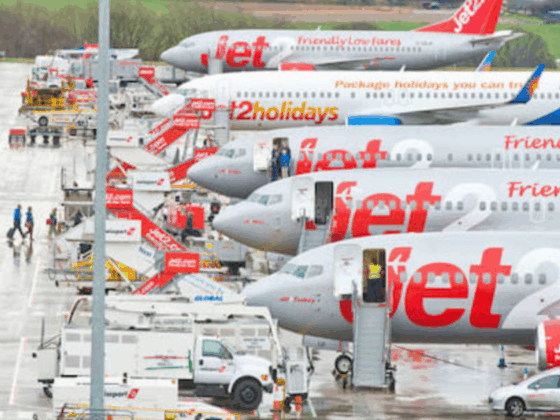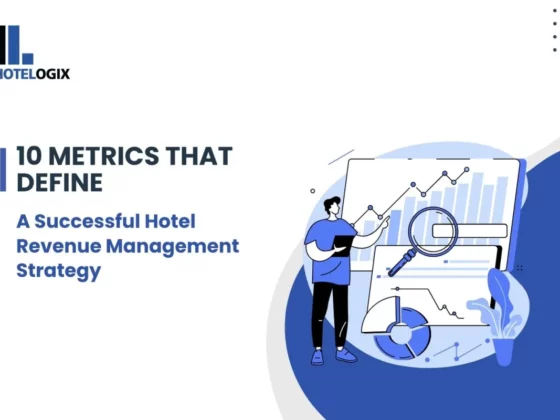
At HITEC 2025, Hospitality Net caught up with Bernard Tan, Senior Vice President of Commercial Strategy and Technology and Chief Commercial Officer at Castle Resorts & Hotels, to hear firsthand how hotel operators are coping with the challenges of scaling technology across diverse property types.
A 40-year legacy, and a fragmented tech stack
Castle Resorts & Hotels, headquartered in Hawaii, is the state’s only locally owned and managed hotel group with over 15 properties across five Hawaiian islands and New Zealand. Add to that a sister brand, Chase ‘N Rainbows, managing over 100 vacation rentals, and you get an idea of the complexity Tan navigates.
He’s been with Castle for just under two years, but brings over 20 years of hospitality and consulting experience. His first task? Map the tech stack.
We had to put everything in columns, who plugs into what, where, and document how it all connects,
Tan explained.
That’s when the real pain points started surfacing.
Four or five PMS systems, and no single source of truth
We use four or five different PMSs
, Tan said. Some of those were inherited when we took over properties.
While all PMS systems are now cloud-based, they still represent a significant hurdle when it comes to enterprise-level integration, especially across property types ranging from hotels to resorts to vacation homes.
When we talk about sales, digital marketing, distribution, it becomes very, very complicated.
Ten systems per property, and duplication across tools
Each property typically operates with ten or more systems, from booking engines and revenue management tools to CRMs and email marketing platforms. But consistency is rare.
Two or three property groups might use the same email marketing system
, Tan said. But others don’t. So we duplicate messaging in multiple systems
.
That duplication leads to lost time, fragmented campaigns, and a constant struggle to maintain operational efficiency.
Integration: the real barrier to progress
Despite the wide array of technology vendors and platforms available to hoteliers, Tan identified integration as the main bottleneck to digital transformation.
We’re not asking for miracles, we just want the systems to work together
, he said.
If I find a new tool but it doesn’t integrate with the rest of my stack, I can’t use it. I’m forced to compromise.
Even the growing trend of “all-in-one” hospitality tech platforms doesn’t offer a silver bullet.
It’s tempting to go with a single vendor. But what happens when you need to transition out? You’re locked in.
Friction, misalignment, and no free trials
Tan also highlighted a deeper issue: a gap in understanding between vendors and users.
I’m always afraid that a vendor didn’t ask me something important, and I forgot to tell them something that really matters.
That mutual blind spot, combined with the industry’s lack of trial options and long sales cycles, slows down progress. “You sign a three-year contract only to find three months later it’s not a fit,” he said.
What the industry needs
Tan believes the real breakthrough will come when onboarding a new hospitality system becomes as easy as installing an app on your phone, click, install, integrate.
Until then, he remains focused on change management, cautious adoption, and ensuring every new system adds clear operational value before rolling it out across the Castle portfolio.
Bernard Tan
SVP of Commercial Strategy and Technology at Castle Resorts & Hotels
Castle Resorts & Hotels









